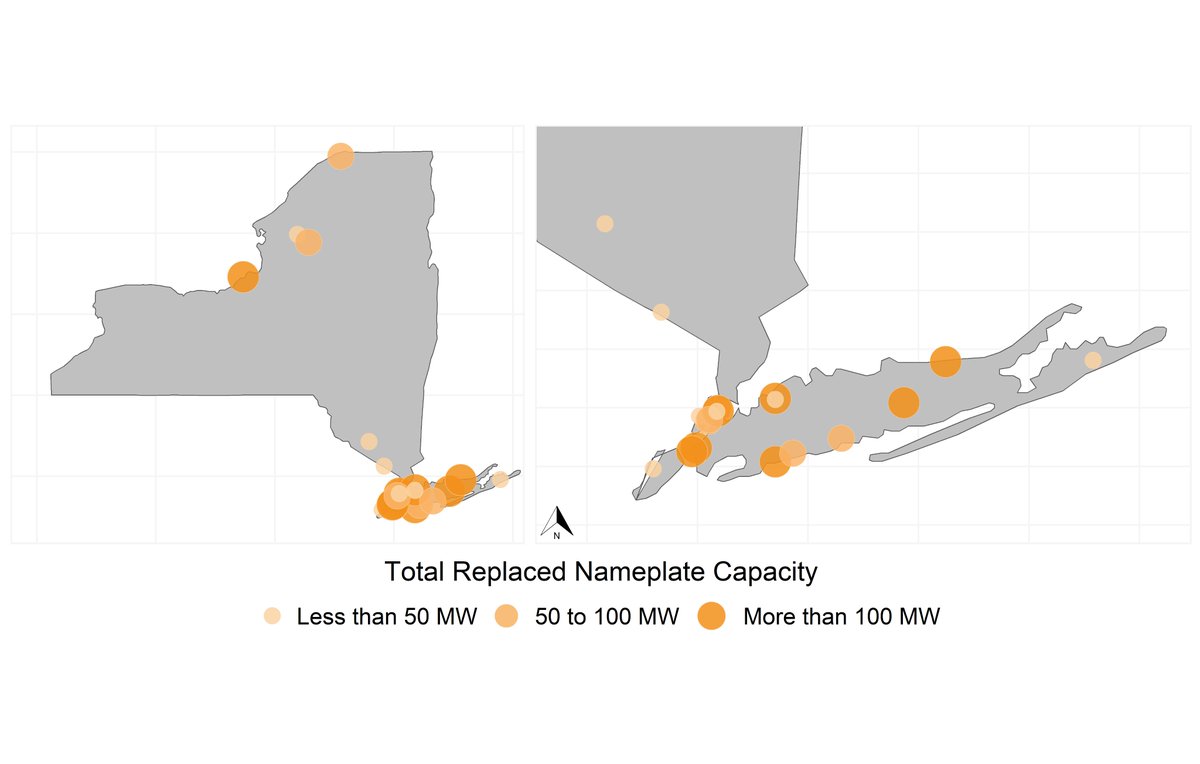What will it take for #energystorage to replace fossil fuels?
A thread on @FormEnergyInc's recent white paper.
Here's a link to a short summary blog (full paper linked at the bottom). Read on for context and a summary!
bit.ly/BigBatteries
On one hand, we see arguments that renewables + storage + other cleantech are already cheaper on average than fossils. So cheap, in fact, that a large fraction of plants are at risk of being stranded: rmi.org/insight/clean-…
ethree.com/wp-content/upl…
Simply put, average cost analyses ignore the operational intricacies of power systems, and, as a result, risk undervaluing firm, zero-carbon resources.
sciencedirect.com/science/articl…
We used Formware, Form's optimization software, to find the optimal combo of li-ion & LODES to match the peaker profiles.
Our results were promising...





